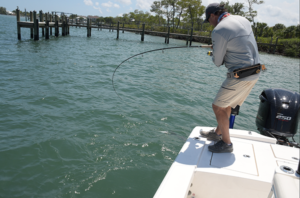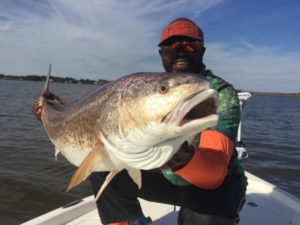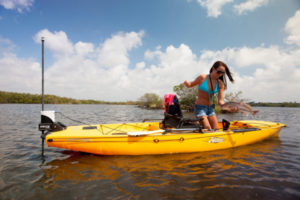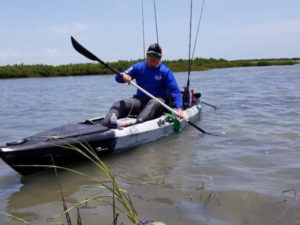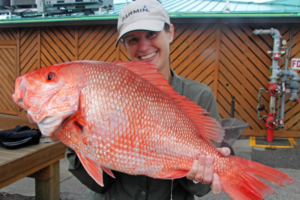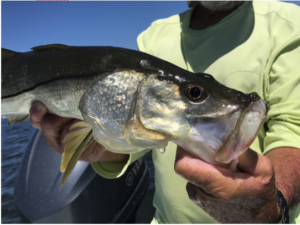The Long Road to Recovery for Red Snapper |
A new method for managing the fish will allow more flexible fishing seasons across the Gulf. Joe Richards, Seafavorites.com from The Fishing Wire A new method for managing red snapper fishing in the Gulf of Mexico is under way, capping off decades of fighting over one of the Gulf of Mexico’s most famous fish.The approach gives each Gulf state the authority to set red snapper fishing rules for anglers in federal waters—a system that provides flexibility but also requires states to shorten future seasons if the Gulf-wide catch limit is exceeded. Federal authorities, who previously managed recreational red snapper fishing in federal waters and still regulate commercial and charter-boat fishing of the species, will work with state officials to monitor, study, and collect data on red snapper.The new system began two years ago as a pilot program, and federal officials must give final approval for it to become permanent. The National Oceanic and Atmospheric Administration is taking public comments through Oct. 7 here. Reduced catch limits have helped the red snapper population steadily recover from decades of overfishing. Joe Richards, Seafavorites.comHere’s a look back at key moments in the Gulf of Mexico red snapper story and a glimpse of what’s to come. 1950-1980s: Commercial and recreational catch skyrockets, rapidly depleting the red snapper population. Late 1980s: Fishery managers implement regulations, including bag and size limits, but these are not enough to help the species recover. 1990: Gulf red snapper hit a dangerously low level—just 2 percent of the population’s spawning potential—due to decades of overfishing (removing fish faster than they can be replaced through reproduction) and unintended catch in shrimp trawls. Fishery managers set a target of at least 26 percent for a stable population. 1997-1998: Fishery managers require shrimp fishermen to install devices in trawl nets to reduce incidental catch of juvenile red snapper. 2005: A federal recovery plan for red snapper begins after conservation groups sue over lack of progress in rebuilding the population. 2006: Regulators begin setting science-based catch limits for Gulf red snapper as Congress works to strengthen its federal fishery law, the Magnuson-Stevens Fishery Conservation and Management Act. 2007-2008: Managers significantly reduce catch limits for commercial, charter, and recreational fishermen and implement a quota system that reserves a certain amount of red snapper for a limited number of commercial fishermen—a program that successfully keeps commercial catch at sustainable amounts. 2009: Federal fishery managers announce overfishing is projected to end and begin raising annual catch limits. However, the population still has not fully recovered, partly because there aren’t enough older fish, which are the most productive spawners. Scientists project full recovery will take until 2032. 2013: A new federal stock assessment of the red snapper population shows overfishing has ended. Mid-to-late 2010s: As Gulf red snapper show signs of recovery—a population increase, expanded range, and larger, older individuals—debate heats up over how to divide still-limited catch among recreational, charter, and commercial fishermen. As a group, recreational fishermen exceed their quotas nearly every year. 2014: A court rules the recreational catch excesses must end. Federal regulators begin setting progressively shorter seasons to account for higher catches in state-controlled waters and associated overages. 2015: As anger grows over catch allocation and to better control catch, fishery managers—in a contentious vote—adopt distinct catch limits for recreational anglers and charter captains, setting the stage to allow different types of management. 2016: Managers approve revising the amount of red snapper allocated to the recreational and commercial fisheries. However, a lawsuit by the commercial fishermen overturns that change. “Re-allocation” continues to be a tense issue. 2017: Federal managers set a three-day red snapper season, saying longer state seasons are using up allowable Gulf quota. This infuriates and confuses fishermen. Ultimately, the U.S. Secretary of Commerce creates a 39-day federal season. Also, fishery managers vote to require charter captains to keep electronic logbooks documenting amounts of catch. 2018: Federal managers launch a pilot program granting states the right to set recreational seasons in U.S. waters but say states must continue to meet Magnuson-Stevens act requirements for science-based catch limits. States participate using their own data collection programs. The Gulf of Mexico Fishery Management Council, after changing the threshold for Gulf red snapper and other reef fish, determines it is no longer overfished but keeps a rebuilding plan in place, with a goal of returning the population to full health by 2032. The Future: Red snapper’s long history is rife with hard decisions and sacrifice, but this once-dwindling species is on the road to recovery. If the rebuilding plan stays on track, anglers can expect a healthier population, bigger fish, higher catch limits, and more fishing days. Managers and fishermen have overcome some of the most difficult hurdles and have ideas about how to resolve those that remain. With each state using its own method to collect data, NOAA Fisheries will need to standardize information to monitor fishing rates and catch and to assess the population Gulf-wide. Fishery managers likely will continue to struggle with allocating catch between commercial and recreational fishermen. And one major cause of red snapper mortality remains a problem: Even though anglers and commercial fishermen must release red snapper under certain conditions, the fish often don’t survive being brought to the surface from deeper than 100 feet. Descending tools can help alleviate this problem if used widely and properly. It’s been a long saga for red snapper, but the future for fishing and this iconic species is promising. Holly Binns directs The Pew Charitable Trusts’ efforts to protect ocean life in the Gulf of Mexico and the U.S. Caribbean |
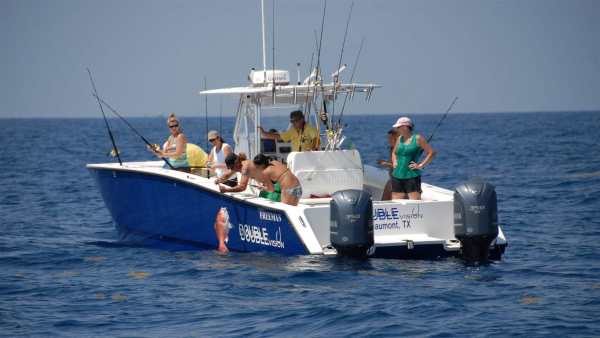
A group of recreational anglers fish for red snapper.
